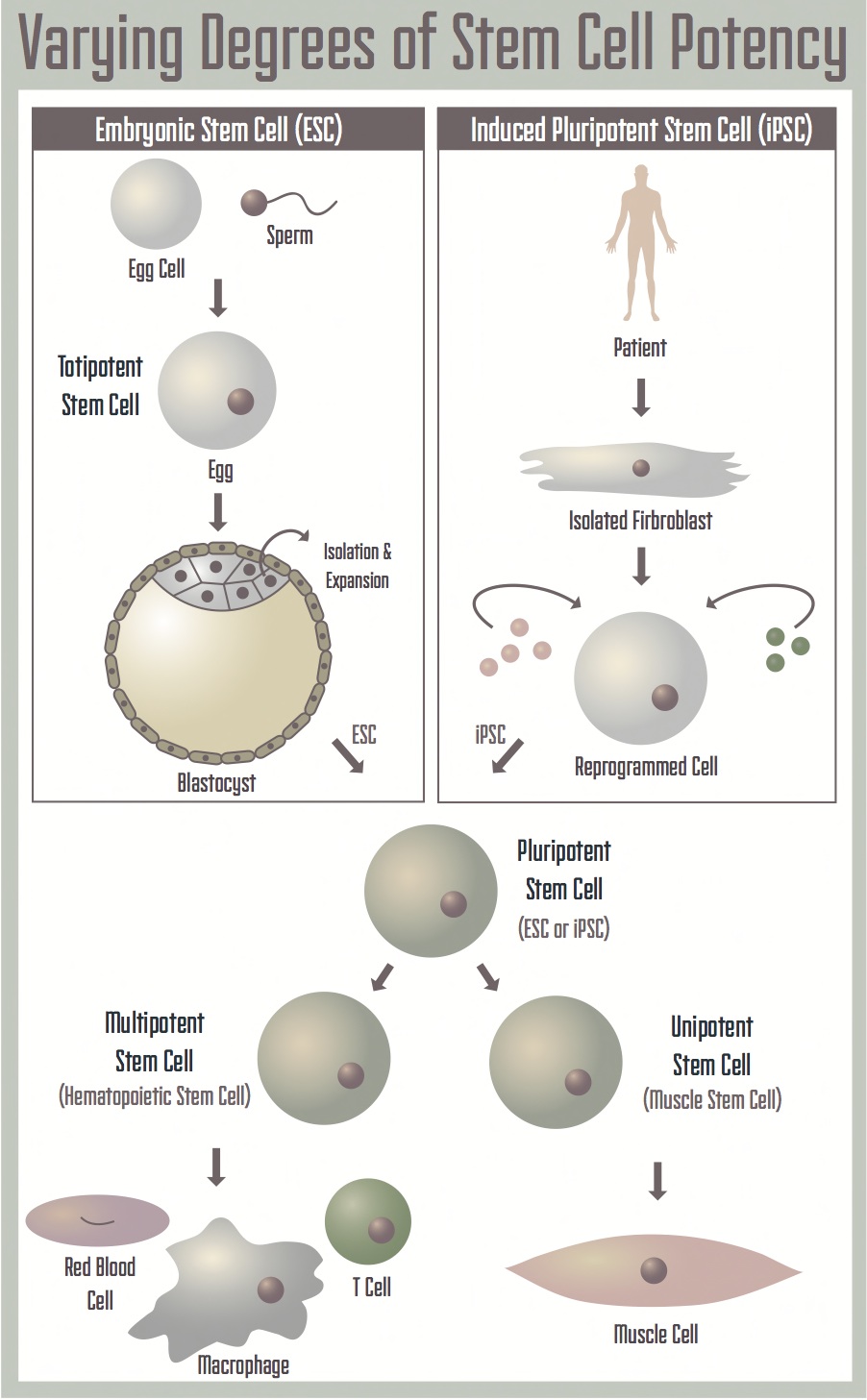Signal to Noise Special Edition: Stem Cells

Articles in this Special Edition
|
Stem Cells: A brief history and outlook Leonardo Ferreira |
Do-it-yourself stem cells: The story of inducedpluripotency Jamie Lahvic |
Hope Amidst Tragedy: Stem Cell Therapies and the atomic bomb Elizabeth Lamkin |
|
Jessica Chen |
Two Stem Cells for a Spectrum of Immunodeficiency: An Interview with Dr. Luigi Notarangelo
Jose Ordovas-Montanes |
Never an Easy Answer: The Ethics of Stem Cells Ilana Kelsey |
Words from the Editors
It’s been over 15 years since scientists first discovered how to isolate human embryonic stem cells. While “stem cell” is certainly still a buzzword, we here at the Flash would like to flesh out the science of stem cell research, explain how far its come, and see where it might be going with this winter’s special edition.
Stem cell research is expanding our knowledge of both basic biology and medicine, giving us such exciting recent developments as cerebral organoids (mini-brains) (See our September 2013 articles by Alison Hill and Mark Springel) and lab-grown burgers (See our March 2011 article by Allison Nishitani). In this special edition we take a serious look at how stem cell research is changing science and our daily lives with articles discussing the history of stem cell research, recent developments in the field, and what kinds of real/effective stem cell treatments we can expect in the future.
As the science of stem cells has grown and evolved, so too has the controversy surrounding it. Many are familiar with the ethical and moral questions about the use of embryonic stem cells derived from fertilized embryos. The development of induced pluripotent stem cells, which can be derived from such non-embryonic tissues as the skin, has helped shift the discussion away from how we produce stem cells and toward false claims about stem cells and the use of un-tested treatments. To help you think about these evolving issues, we’ve included an entire article devoted to the ethical issues surrounding stem cells.
We would like to give special thanks to our graphics editor, Hannah Somhegyi, our Editor in Chief, Jamie Schafer, and all our writers without whom making this special edition would not have been possible. THANKS EVERYONE!
We hope that learning about the exciting new possibilities offered by stem cell research will help you kick off your New Year right!
Happy Reading!
Flash Editorial Staff






